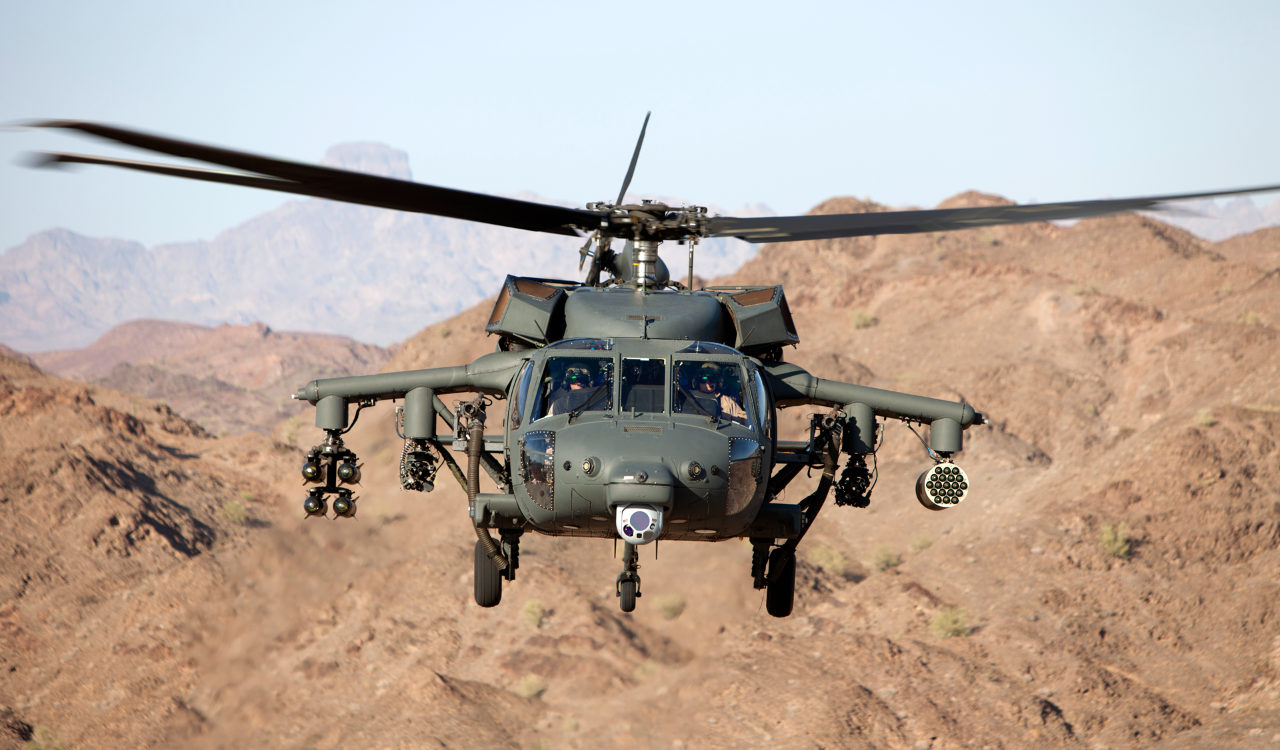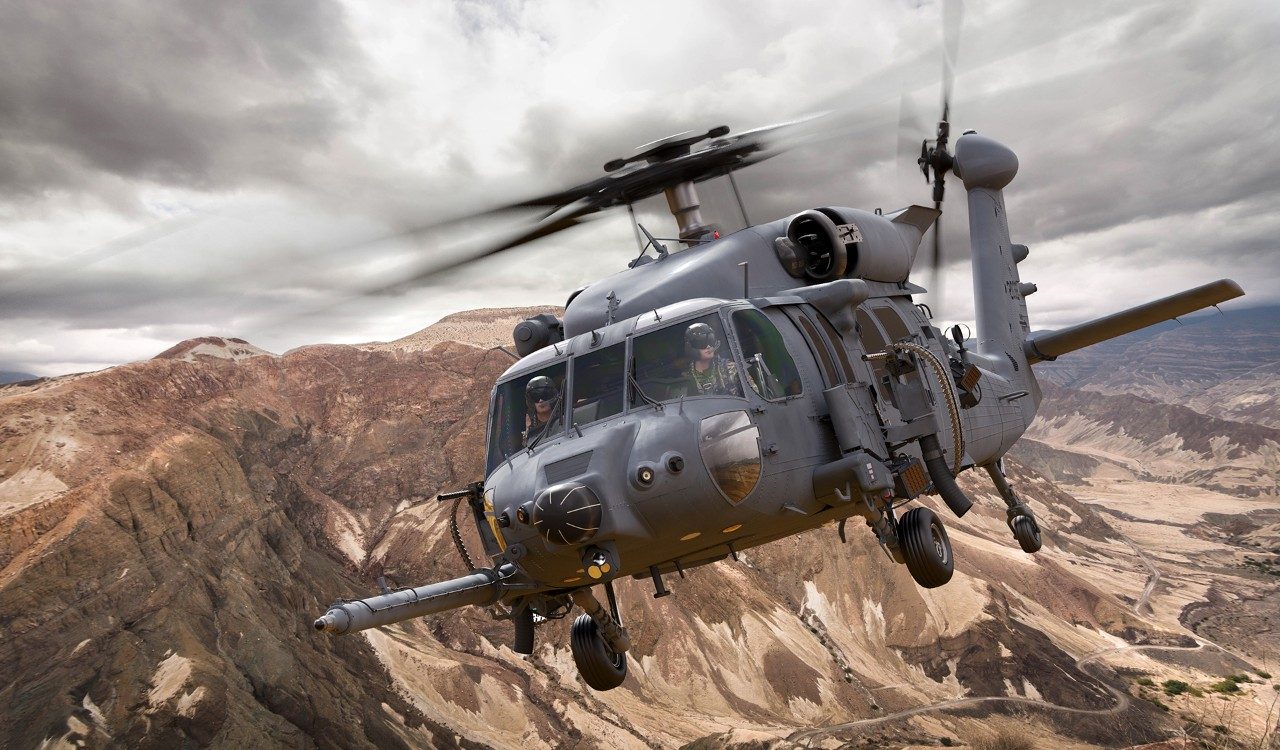UH 60 Technical Specs and Efficiency Evaluation
UH 60 Technical Specs and Efficiency Evaluation
Blog Article
Discovering the Cutting-edge Innovation Behind Aircraft Style and Engineering
The area of aircraft design and design is witnessing a transformative shift driven by innovative innovations that enhance efficiency, sustainability, and performance. As the market grapples with the difficulties of environmental duty, advancements in sustainable aviation modern technologies guarantee to reshape the future.
Advanced Products in Airplane Design
Just how can the combination of innovative materials reinvent aircraft layout? The unification of advanced materials, such as carbon fiber compounds, titanium alloys, and advanced ceramics, plays a vital function in boosting aircraft efficiency and efficiency.
In addition, advanced materials show enhanced resistance to rust and exhaustion, resulting in lower maintenance prices and extended service life. The use of titanium in crucial components helps stand up to severe temperature levels and stress and anxieties, while carbon fiber composites supply adaptability in layout and manufacturing processes. This versatility enables even more aerodynamic forms, adding to superior performance qualities.
Moreover, the combination of clever products, which can transform residential or commercial properties in reaction to external stimuli, opens new avenues for adaptive systems in aircraft style. uh 60. These innovations promise not just to enhance safety and security and operational performance yet additionally to add to sustainability efforts by decreasing environmental influence with decreased emissions. In recap, advanced materials are redefining the landscape of aircraft design, leading the way for more effective, sturdy, and eco-friendly air travel options
Aerodynamic Innovations for Performance
Aerodynamic developments play a crucial duty in improving aircraft effectiveness, considerably influencing fuel intake and overall efficiency. Developments in airfoil style, such as the introduction of supercritical wings, permit optimized lift-to-drag proportions, reducing drag at transonic rates. These advancements allow aircraft to keep greater rates with reduced fuel expenditure, straight impacting operational costs and environmental sustainability.
Moreover, the integration of winglets has shown reliable in reducing vortex-induced drag at the ideas of wings, even more improving gas efficiency - uh 60. This style adjustment causes a decrease in wake disturbance, contributing to improved aerodynamic efficiency throughout cruise conditions

Moreover, computational fluid characteristics (CFD) devices have actually transformed the screening and improvement of aerodynamic forms, permitting for accurate simulations of air flow around airplane (uh 60). This makes it possible for designers to introduce constantly, ensuring that contemporary airplane not only satisfy regulatory requirements however also push the boundaries of performance in aeronautics

Duty of Computer System Simulations
Computer system simulations have actually ended up being a crucial device in the field of aircraft design, allowing designers to conduct thorough analyses and optimizations of different layout elements. These simulations allow for the online testing of wind resistant residential or commercial properties, check my reference structural integrity, and performance metrics long prior to physical prototypes are developed. By utilizing computational liquid dynamics (CFD) and limited component analysis (FEA), designers can anticipate how air moves around the airplane and exactly how different materials will respond to stress and strain.
Furthermore, computer simulations facilitate the expedition of a wide variety of variables and scenarios, increasing the design procedure and reducing expenses related to physical testing. This capacity not just enhances the accuracy of forecasts concerning airplane actions but also offers understandings into possible layout improvements that could not be quickly obvious with standard approaches.

In addition, simulations aid guarantee compliance with rigorous safety and security guidelines by permitting designers to identify and remedy potential concerns early in the style phase. The assimilation of simulation modern technologies right into the airplane layout process highlights the substantial advancements in design techniques, inevitably adding to the growth of much safer, extra reliable, and eco pleasant aircraft.
Artificial Knowledge in Design
Expert system (AI) is reinventing the design landscape, specifically in airplane style, by enhancing decision-making processes and optimizing design process. site here With machine knowing formulas, AI can examine huge datasets, revealing patterns and understandings that educate design choices and improve general efficiency.
AI applications in aircraft design consist of generative layout, where formulas create numerous design choices based on specified specifications, enabling engineers to assess a wider series of opportunities. This not only speeds up the design phase but also makes certain that the final products fulfill strict performance and safety and security requirements.
Furthermore, AI-driven predictive analytics facilitate maintenance organizing by examining historic information and forecasting prospective failings. This positive method decreases downtime and enhances aircraft integrity.
Additionally, AI aids in simulation and modeling, allowing designers to examine designs under various problems without the demand for physical models. This ability reduces development timelines and reduces expenses linked with conventional testing methods.
Lasting Air Travel Technologies
Exactly how can the aeronautics market properly equilibrium growth and environmental obligation? The solution hinges on the fostering of sustainable aviation technologies that focus on efficiency and decrease carbon emissions. Innovations such as sustainable air travel gas (SAFs), which are derived from renewable energies, have actually emerged as a critical element in achieving reduced lifecycle exhausts. SAFs can significantly reduce the carbon impact of flights, making them a feasible alternative to traditional jet fuels.
Furthermore, improvements in airplane layout, such as the growth of lighter products and even more aerodynamically efficient shapes, contribute to enhanced gas efficiency. Electric and hybrid propulsion systems are also gaining grip, supplying a pathway to lower dependence on nonrenewable fuel sources and minimize greenhouse gas exhausts.
The assimilation of these modern technologies is sustained by regulatory frameworks and industry collaborations intended at establishing enthusiastic sustainability targets. Moreover, digital tools like data analytics and fabricated knowledge can maximize trip operations, additionally boosting fuel performance. By welcoming lasting methods and innovations, the aeronautics sector can not just satisfy the growing demand for flight yet also play a pivotal function in attending to environment adjustment, making certain a much more sustainable future for air transport.
Verdict
The convergence of innovative materials, wind resistant developments, and sophisticated technologies notes a considerable development in airplane layout and engineering. The click to read more integration of carbon fiber composites, titanium alloys, and AI-driven processes not just boosts performance and efficiency yet likewise enhances process and anticipating maintenance. The recurring advancement of lasting aeronautics modern technologies highlights a commitment to ecological duty, leading the means for a greener future in aeronautics. This constant advancement will shape the sector's trajectory for many years to come.

Computer system simulations have actually come to be an important device in the area of aircraft design, making it possible for designers to perform comprehensive evaluations and optimizations of various design aspects.The convergence of sophisticated products, wind resistant technologies, and sophisticated technologies notes a significant advancement in airplane style and engineering.
Report this page